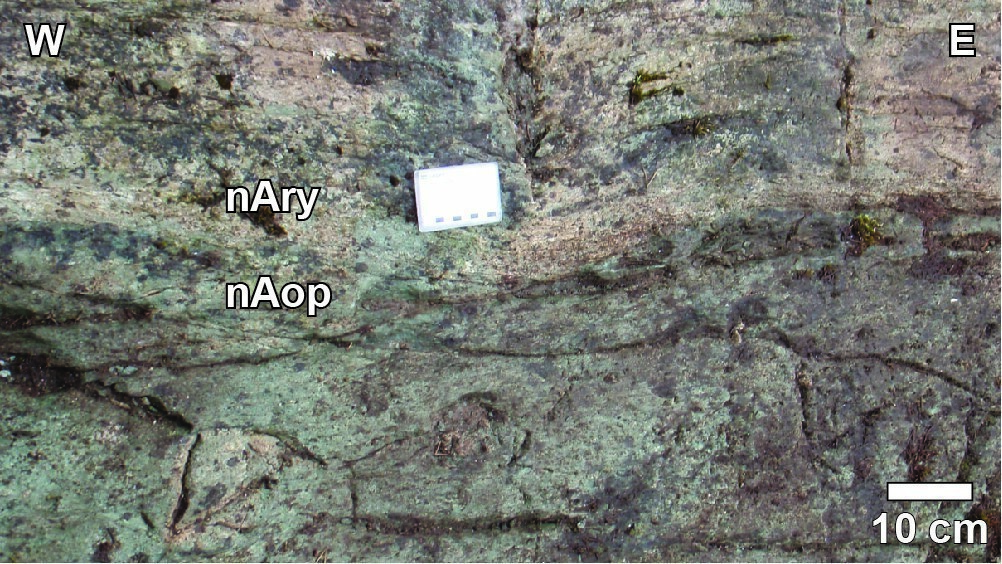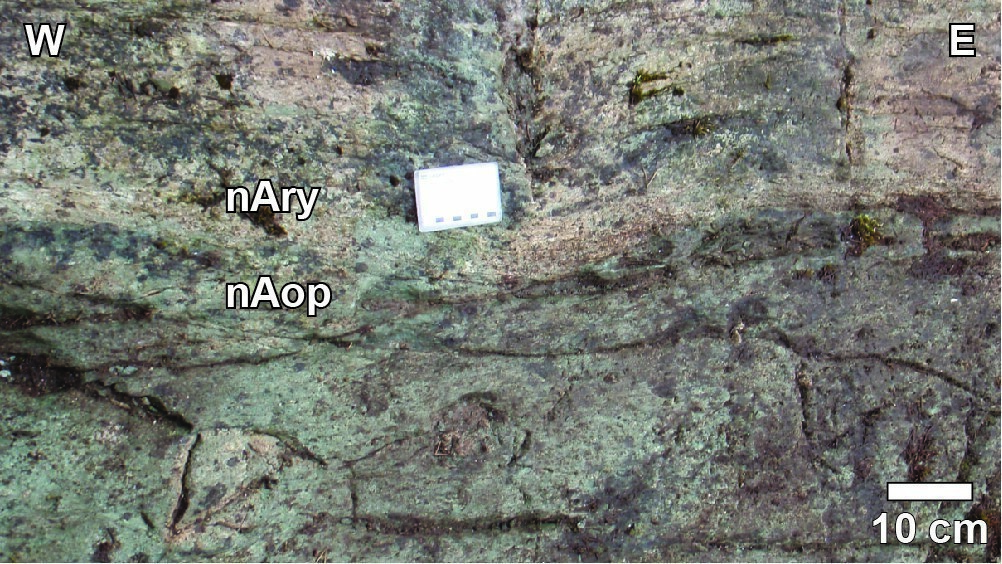
| Author: | Duquette, 1970 |
| Age: | Neoarchean |
| Reference section: | None |
| Type area: | Outcrops along Road 167 north of Lac Chibougamau (sheets 32G16-200-201 and 32G16-200-0202) define a section through the Roy Group’s two volcanic cycles |
| Geological province: | Superior Province |
| Geological subdivision: | Abitibi Subprovince |
| Lithology: | Volcanic and sedimentary rocks |
| Type: | Lithostratigraphic |
| Rank: | Group |
| Status: | Formal |
| Use: | Active |
- Roy Group
- Bordeleau Formation
- Ruisseau Dalime Formation
- Scorpion Formation
- Phooey Member
- Blondeau Formation
- Bruneau Formation
- Waconichi Formation
- Allard Member
- Scott Member
- Deux Orignaux Member
- Winchester Member
- Lemoine Member
- Portage Member
- Lacs Member
- Îles Member
- Coyote Member
- Chevrier Member
- Queylus Member
- Andy Member
- Obatogamau Formation
- Pichamobi Member
- Wachigabau Member
- David Member
Background
The Roy Group is first mentioned in Duquette’s report (1970) on the “Archean stratigraphy and metallogenic relations in the Chibougamau region”. It includes volcano-sedimentary assemblages identified in previous geological reports as “Keewatinian-type rocks”.
Description
The Roy Group consists of two volcanic cycles (Duquette,1970; Allard, 1976; Allard et al., 1979; Daigneault and Allard, 1990; Leclerc et al., 2011): the first cycle comprises the Obatogamau and Waconichi formations (2730-2726 Ma; Mortensen, 1993; Legault, 2003; Leclerc et al., 2011), while the second cycle is composed of the Bruneau, Blondeau, Scorpion and Bordeleau formations (2724-2716 Ma; Leclerc et al., 2012; David et al., 2012; Davis et al., 2014). At the base of the volcanic cycles, mafic volcanic rocks have a tholeiitic affinity and change upwards to volcaniclastic and metasedimentary rocks of transitional to calc-alkaline affinity (Daigneault and Allard, 1990; Roy et al., 2007; Leclerc et al., 2011).
Thickness and Distribution
The Roy Group has a total thickness evaluated between 10 000 m and 12 000 m. It is recognized from the Grenville Front Tectonic Zone in the east to the Desmaraisville area in the west. The Roy Group is limited to the north by foliated to gneissic intrusive units of the Opatica Subprovince and extends to the southern limit of the Caopatina-Guercheville Deformation Corridor.
Dating
Rocks of the Obatogamau Formation, at the base of the Roy Group, are older than those of the Waconichi Formation, whose ages range from 2729.7 +1.9/1.6 Ma to 2726.6 ±0.7 Ma (Mortensen, 1993; Legault, 2003; Leclerc et al., 2011; David et al., 2012). However, they are younger than those of the Chrissie Formation (2791.4 +3.7/-2.9 Ma; David et al., 2011). At the top of the Roy Group, felsic volcanic rocks of the Scorpion Formation are dated 2716.4 ±1.0 Ma (David et al., 2012).
Stratigraphic Relationship(s)
At the base of the Roy Group, the contact of the Obatogamau Formation’s mafic volcanic rocks corresponds to shear zones observed in the field or interpreted using aeromagnetic data. These shear zones mark a hiatus of 60 Ma to 100 Ma between mafic volcanic rocks of the Obatogamo Formation (older than the overlying rocks of the Waconichi Formation) and the much younger rocks of the underlying Isostao Gneissic Complex (2831 ±5 Ma; Roffeis, 2015), Vents Formation (2798.7 ±0.7 Ma; Davis et al., 2014), and Chrissie Formation (2791.4 +3.7/-2.9 Ma; David et al., 2011). At the top of the Roy Group, the contact is generally characterized by an angular discordance with sedimentary rocks of the Opemisca Group (Cimon, 1976; Caty, 1978; Simoneau, 1986). However, sedimentary rocks of the Bordeleau Formation in the Waconichi Syncline are locally a transitional unit between the two groups (Caty, 1979; Dimroth et al., 1983).
Paleontology
Does not apply.


